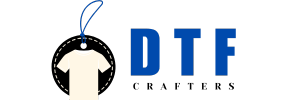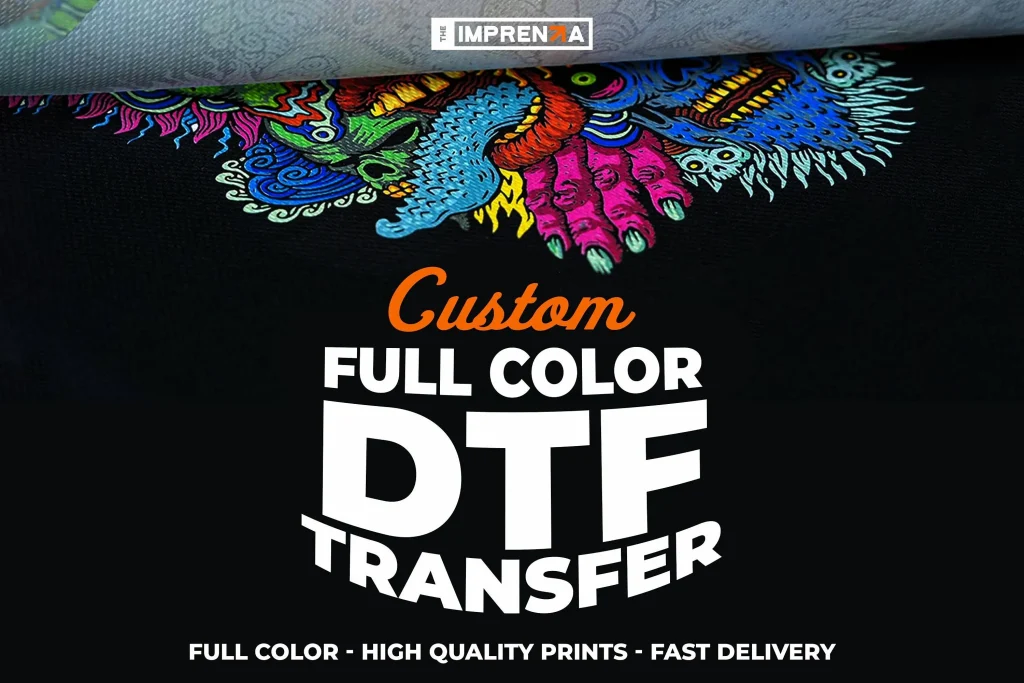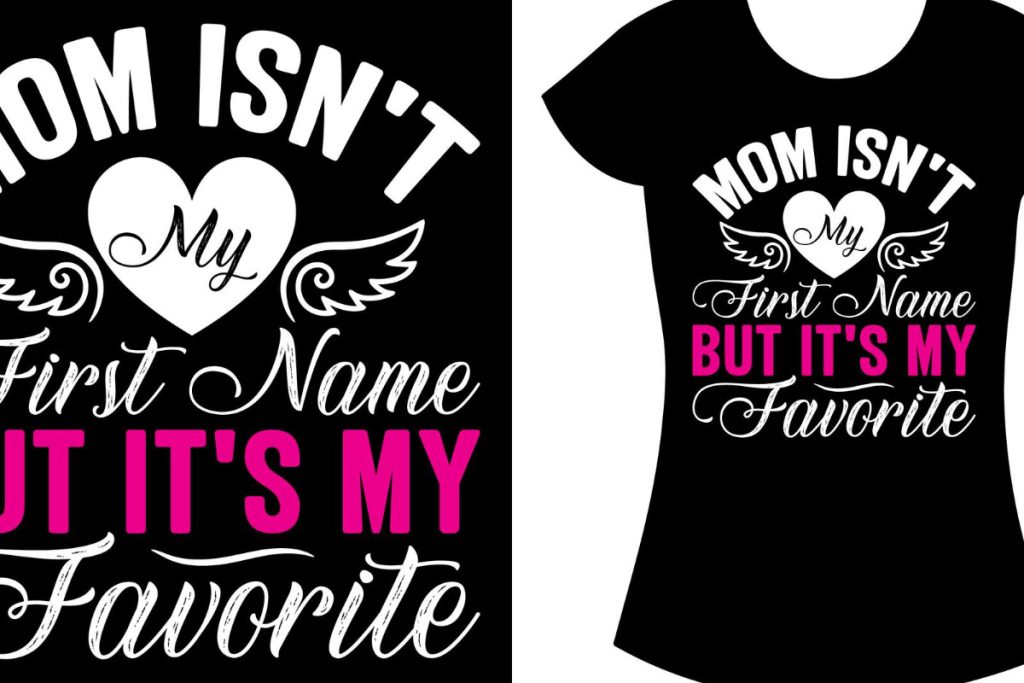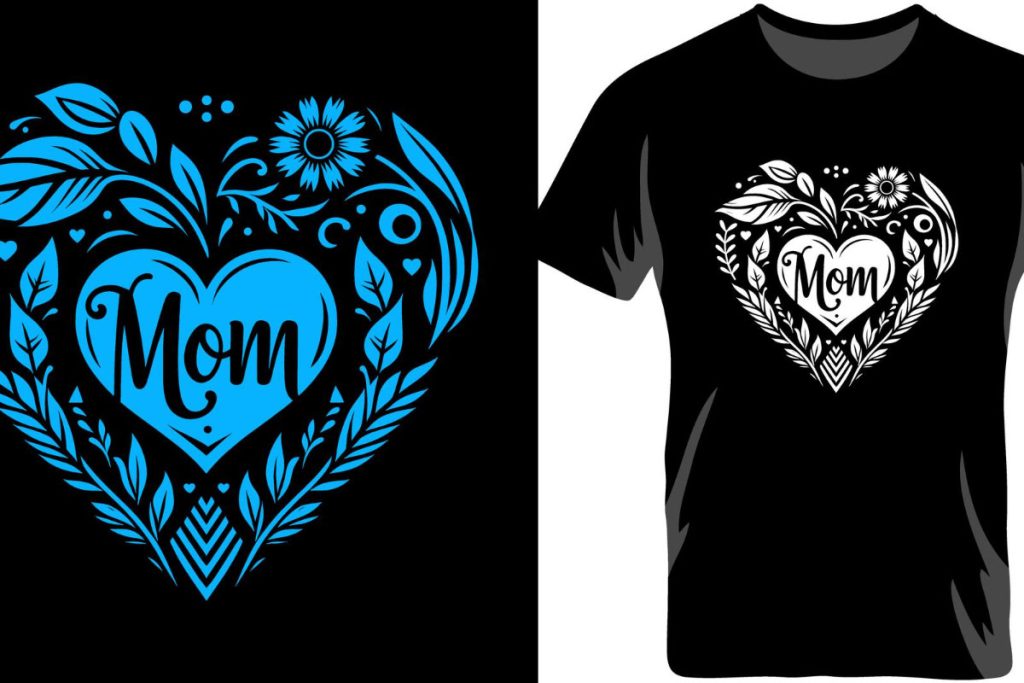DTF Transfers, or Direct-to-Film transfers, have quickly established themselves as a revolutionary technique in the custom apparel sector. By combining advanced direct-to-film printing technology with innovative transfer processes, DTF allows businesses and designers to effortlessly customize clothing. This blog post will explore the fascinating world of DTF printing, highlighting its benefits, industry trends, and what the future may hold for this emerging technology. From vibrant designs to sustainable printing practices, the advantages of DTF are reshaping consumer expectations and industry standards alike. If you’re eager to learn how DTF Transfers can enhance your next apparel project, you’re in the right place.
Direct-to-Film printing, commonly referred to as DTF printing, represents a significant shift in how garments are customized and produced. This method utilizes specialized transfer films to apply vivid graphics directly onto fabrics, making it a favored choice among custom apparel creators. With the rise of DTF technology, businesses are empowered to deliver high-quality, detailed prints while embracing sustainable printing practices. Moreover, the growth of DTF technology is indicative of a broader trend towards personalization in fashion, as it allows for an incredible range of design possibilities on various fabric types. In this article, we will delve into the mechanics of DTF Transfers, exploring their advantages and the innovative practices shaping the future of the apparel industry.
Understanding DTF Transfers: A Game-Changer for Custom Apparel
DTF transfers, or Direct-to-Film transfers, serve as a revolutionary method in the landscape of custom apparel printing, offering an efficient solution that combines simplicity with quality. The ability to transfer detailed designs onto a variety of fabric types enables designers to create unique pieces without the constraints of traditional printing methods. This flexibility is paramount for businesses targeting diverse customer bases, as DTF technology allows for easy adaptation to both simple and complex graphic requirements.
In addition to their operational simplicity, DTF transfers cater to the high demand for customization seen in today’s market. As consumers increasingly seek tailored products that reflect their personal style, DTF technology provides the perfect balance of speed and quality, making it essential for businesses looking to thrive in a competitive environment.
The Benefits of DTF Printing for Custom Apparel
The primary advantages of DTF printing extend far beyond mere aesthetics. One of the standout benefits is the vividness of colors achievable through this technology. DTF printing utilizes specialized water-based inks that effectively reproduce intricate designs with vibrant color reproduction. This capability enables designers to experiment with complex patterns and gradients that might be difficult to achieve with other printing methods.
Moreover, DTF transfers exhibit exceptional durability, which is critical in the custom apparel industry. The prints maintain their quality even after multiple washes, providing a long-lasting solution for customers. This is particularly important for businesses looking to enhance customer satisfaction and loyalty through high-quality products that stand the test of time.
Exploring the Versatility of DTF Transfers
DTF transfers offer remarkable versatility that distinguishes them from traditional printing techniques. Unlike screen printing, which is often limited to specific materials, DTF technology can adhere to a wide variety of fabric types, including cotton, polyester, and blends. This adaptability makes DTF an ideal choice for businesses aiming to broaden their product ranges without investing heavily in multiple printing setups.
This versatility also allows for the exploration of unconventional materials, broadening creative possibilities for custom apparel designs. As DTF technology continues to evolve, its capability to work with new fabric innovations will likely become a game-changer in the industry, appealing to customers looking for unique and novel textiles.
Current Trends in DTF Technology Adoption
The rapid adoption of DTF technology within the custom apparel industry signifies a pivotal shift toward more efficient and customizable printing solutions. Regardless of the business size, from startups to established brands, companies are increasingly recognizing the advantages of DTF transfers due to their quicker turnaround times and the ability to satisfy consumers’ growing demands for personalized products.
Additionally, as businesses strive to maintain a competitive edge, the integration of DTF technology is becoming paramount. The ability to fulfill custom orders quickly and efficiently allows companies to respond effectively to market changes and consumer trends, ensuring sustained success in an ever-evolving landscape.
The Role of Sustainability in DTF Printing
With the rise of eco-conscious consumerism, the DTF printing industry is stepping up by incorporating sustainable practices into its operations. Many companies are adopting eco-friendly inks and materials, aligning their production with the values of environmentally-aware customers. This commitment to sustainability not only appeals to a growing demographic but also helps in paving the way toward a more responsible future in apparel customization.
implementing sustainable practices in DTF printing also highlights the industry’s potential for environmental stewardship. By reducing wastage and utilizing renewable resources, DTF can serve as a model for innovation in the printing sector, encouraging others to follow suit and fostering a culture of responsibility across all areas of production.
Future Innovations in DTF Technology
As technology evolves, the future of DTF transfers appears promising, with numerous innovations on the horizon. High-speed DTF printers are expected to emerge, enhancing the efficiency of production processes while maintaining quality standards. These advancements will benefit businesses looking to scale their operations while navigating the complexities of custom apparel printing.
Furthermore, ongoing research into advanced ink formulations may lead to improved adhesion and durability of prints. Such innovations will not only streamline the printing process but also expand the scope of what is achievable with DTF transfers, solidifying their place as a leading choice in the custom apparel industry.
Frequently Asked Questions
What are the main benefits of using DTF transfers in custom apparel?
DTF transfers offer several key benefits for custom apparel, including cost-effectiveness due to lower setup costs compared to traditional methods, vibrant colors that allow for detailed designs, and durability that ensures long-lasting prints even after multiple washes. This makes them a popular choice for businesses in the apparel industry.
How does the DTF printing process work?
The DTF printing process involves creating a design digitally, which is then printed onto a specialized film using DTF printers with water-based inks. This film is coated with a powder adhesive and cured. Finally, the film is applied to fabric using a heat press, producing high-quality, detailed designs that adhere effectively to various materials.
What types of fabrics can DTF transfers be used on?
DTF transfers can be applied to a wide range of fabrics, including cotton, polyester, and blends. The versatility of DTF technology allows it to work well on unconventional materials too, making it an ideal choice for custom apparel production.
Are DTF transfers an eco-friendly option for printing?
Yes, many DTF printing manufacturers are adopting sustainable practices by using eco-friendly inks and materials, making DTF transfers a greener alternative in the custom apparel industry. This shift towards sustainability caters to a growing demand for environmentally-conscious products.
What challenges do businesses face when adopting DTF technology?
Businesses may encounter challenges such as mastering the DTF printing equipment and processes, which can have a steep learning curve. Additionally, competition from other printing methods like screen printing and DTG printing poses challenges, as each method offers unique advantages.
What is the future market outlook for DTF printing technology?
The market for DTF printing technology is projected to grow significantly, driven by rising consumer demand for personalized and customized apparel. Innovations in high-speed DTF printers and ink formulations are expected to enhance performance, making DTF transfers even more beneficial for custom apparel businesses.
| Key Point | Description |
|---|---|
| Introduction to DTF Transfers | A revolutionary method in custom apparel, integrating advanced printing technologies. |
| What Are DTF Transfers? | Process that prints designs on film for transferring onto fabrics using heat. |
| The DTF Printing Process | Includes graphic design, printing on film, coating with adhesive, and heat transfer. |
| Advantages of DTF Transfers | Cost-effective, vibrant colors, durable, and versatile with various fabrics. |
| Industry Trends | Increased adoption of DTF technology for efficiency and customization. |
| Sustainability Practices | Move toward eco-friendly materials and inks in DTF production. |
| Challenges | Learning curve with technology and competition from other printing methods. |
| Market Impact | Anticipated growth driven by demand for personalized fashion. |
| Future Trends | Innovations like high-speed printing and advanced ink formulations. |
Summary
DTF Transfers are transforming the custom apparel landscape by offering a blend of efficiency, affordability, and vibrant colors. This innovative printing method not only enhances the quality of designs but also caters to a wide variety of fabric types, making it a versatile choice for businesses. As DTF Transfers continue to gain momentum in the industry, their emphasis on sustainability and adaptability will shape the future of apparel customization, allowing designers to explore new horizons of creativity.



